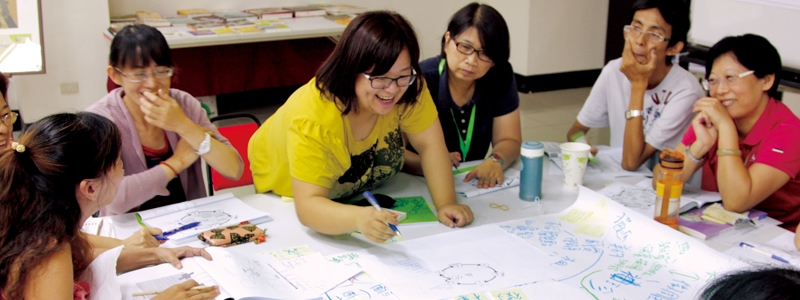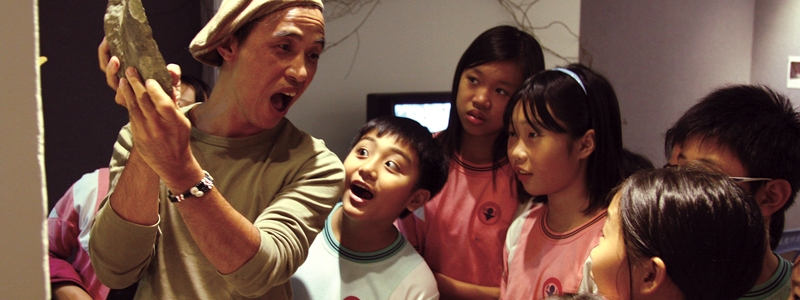Problem: Taiwan's rural and urban students suffer from a lack of exposure to cultural items. The inherent value of cultural expression and engagement is also disregarded by schools that prefer to invest in disciplines that are more easily evaluated and associated with memorization, such as mathematics and the sciences. As a result, students graduate with a solid academic foundation, but are deficient in terms of creativity and communication skills. Established in 2004, the Quanta Foundation project, which transforms schools into art galleries and museums, was conceived by engineer and businessman Barry Lam, whose company is the largest producer of laptops in the world. Lam, whose art collection consists of over one thousand works, feels that culture and art are essential for the fostering of creativity. The work is conducted through a partnership with museums in Taiwan and other countries.

Solutions: Instead of taking students to museums, the Immersed in Creativity project takes art exhibits to the schools, most of which consist of 30 to 50 replicas of famous pieces that are on display in Taiwan and other countries. The works remain at each school for two to four weeks. The aim is to give the students a deeper understanding of the issues that are dealt with in the works of art.
The program also promotes hands-on activities and lessons in digital technology that are related to the exhibits and includes interactive class materials that are developed for the teaching of various disciplines. In order to develop skills such as leadership, oral communication, aesthetic appreciation and critical thinking, the project promotes competition among the students so they can act as guides and art interpreters, since the exhibitions are open to the community.
The foundation offers ways of evaluating academic results and the students' progress in addition to demanding that schools also present a detailed report regarding the exhibition's positive influences. This information is shared with other schools so that they can improve upon the methods of implementing the project.

Outcomes: Students that participate in the project develop essential qualities and abilities, such as communication, teamwork, an appreciation of aesthetics, interpersonal relationships, problem solving and creativity. The project inspires the exchange of ideas, enriches the fundamental principles of the Humanities in new generations and stimulates critical thinking. It also promotes interaction between schools and teachers and the active, empirical exploration of the art world. The project develops confidence and instills in students a respect for truth, good deeds, beauty and love. There have already been 1,345 of these itinerant art exhibitions in Taiwan. Overall, 11,000 teachers and 32,000 students, in 780 schools in Taiwan, in addition to four Taiwanese schools in other countries, have benefitted from the program. The project has received various national awards and was a 2013 Wise Awards finalist. The foundation intends to take the exhibitions to other countries as well.







